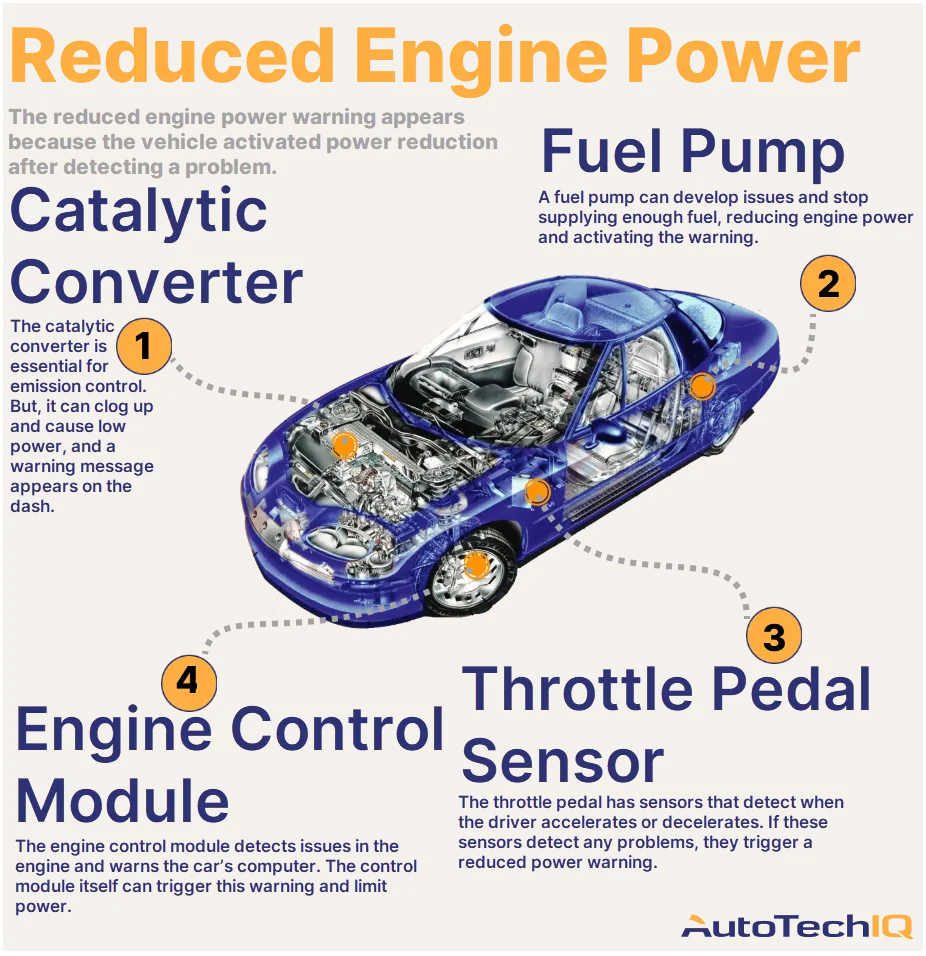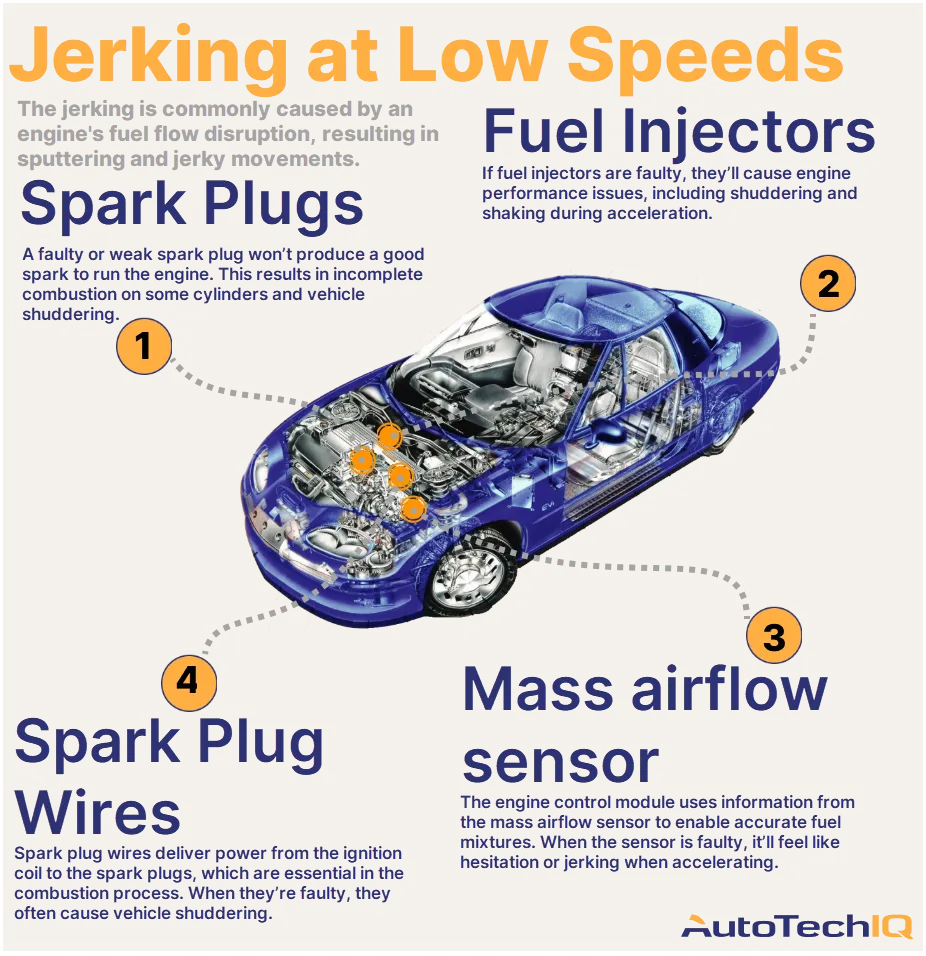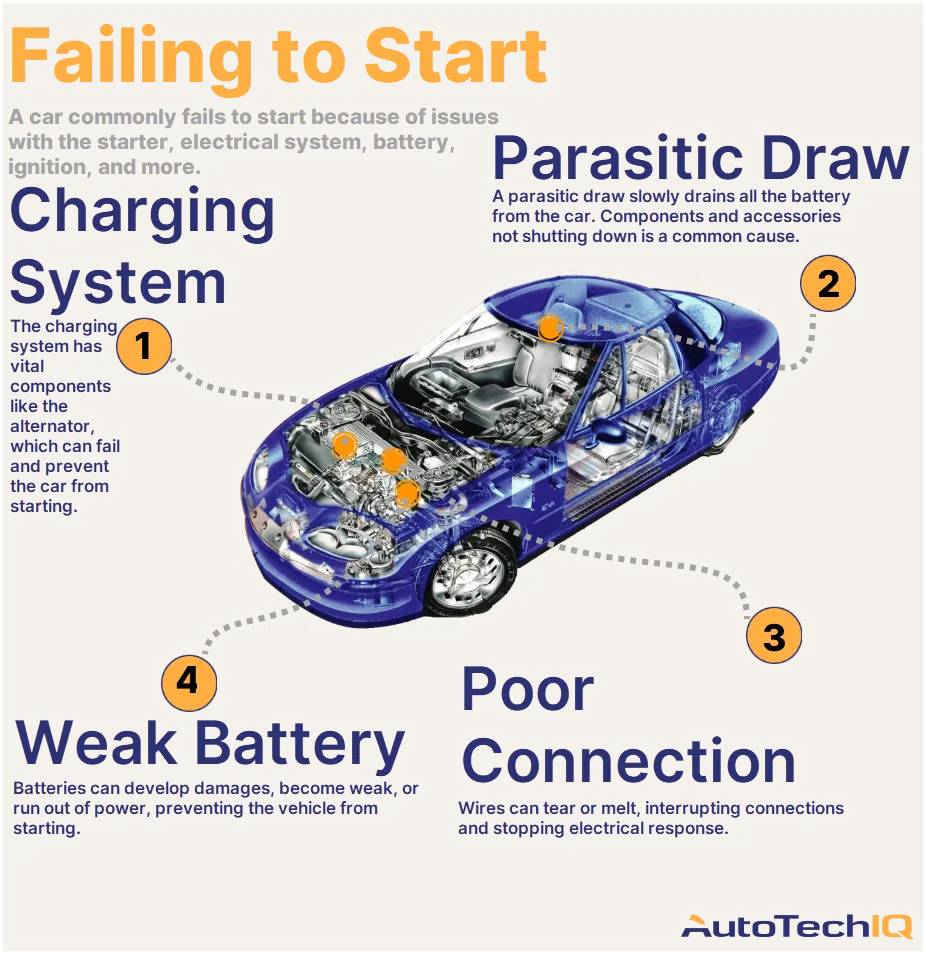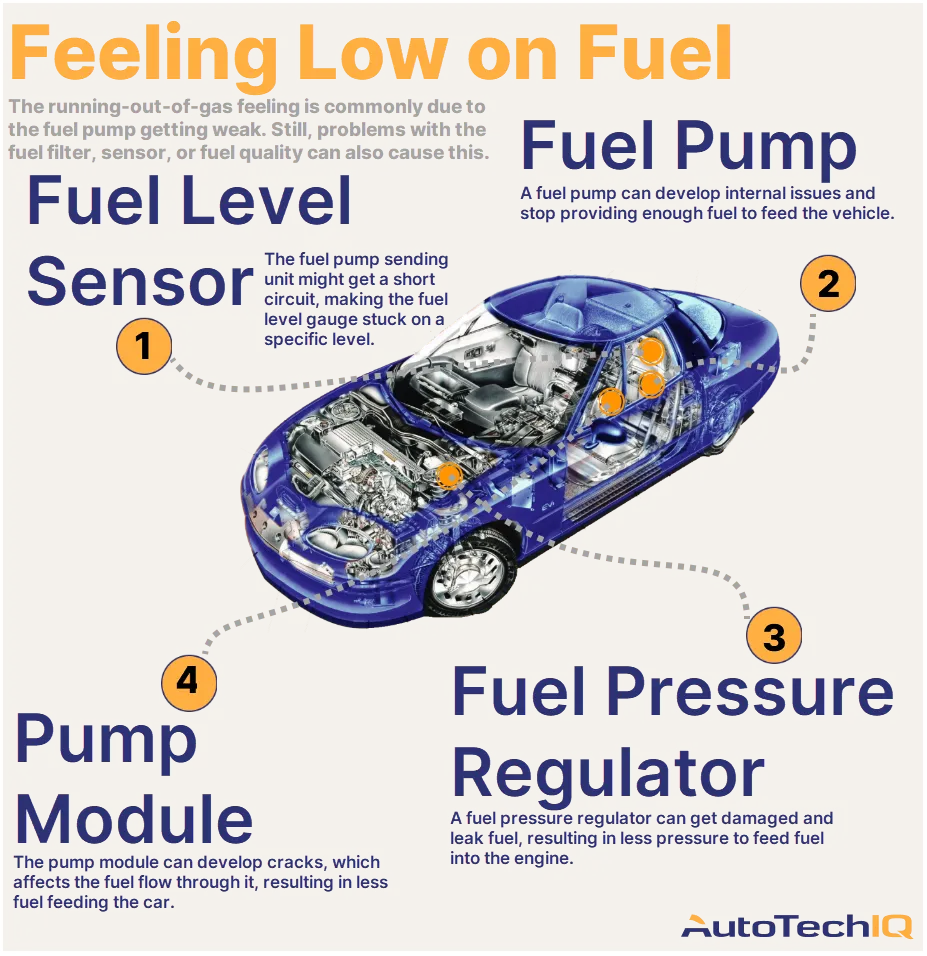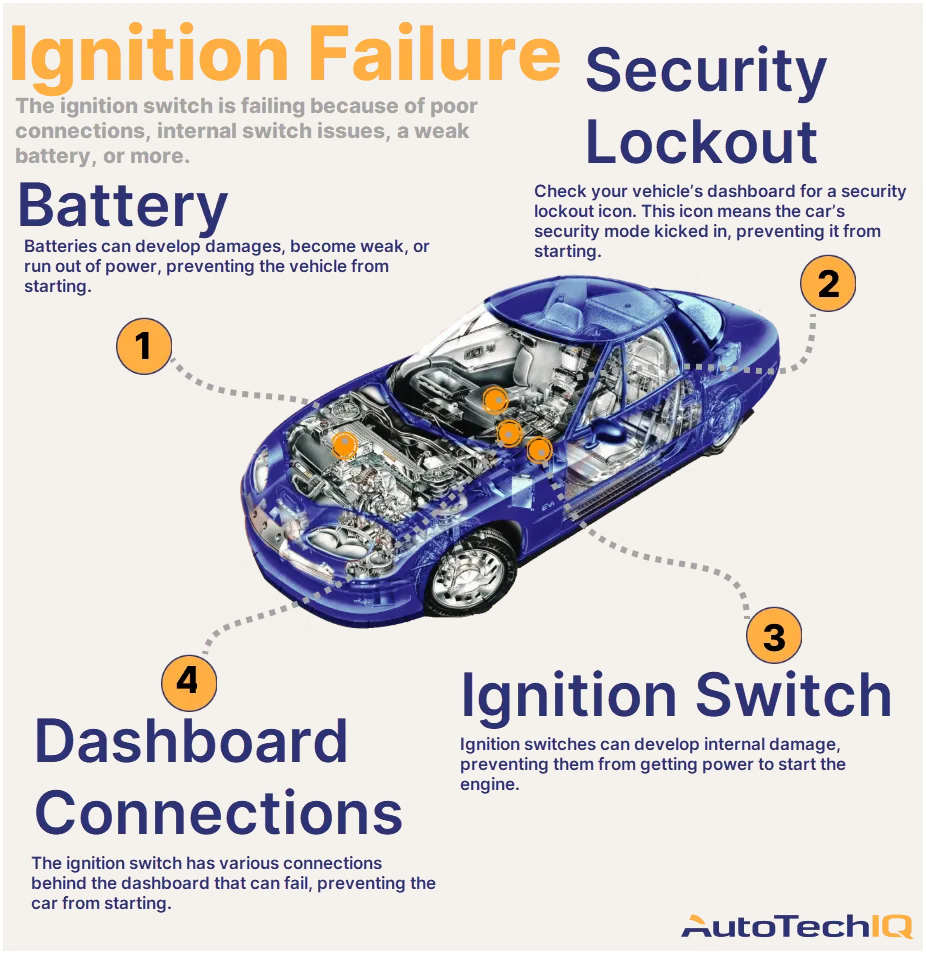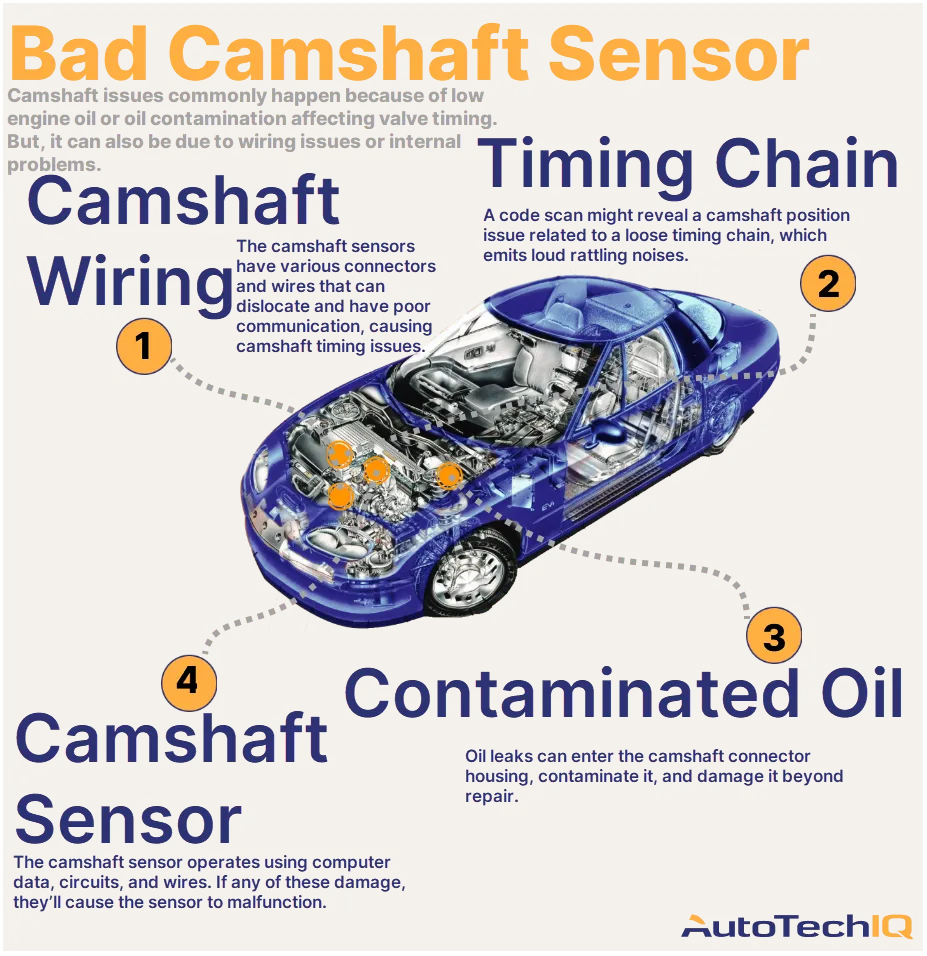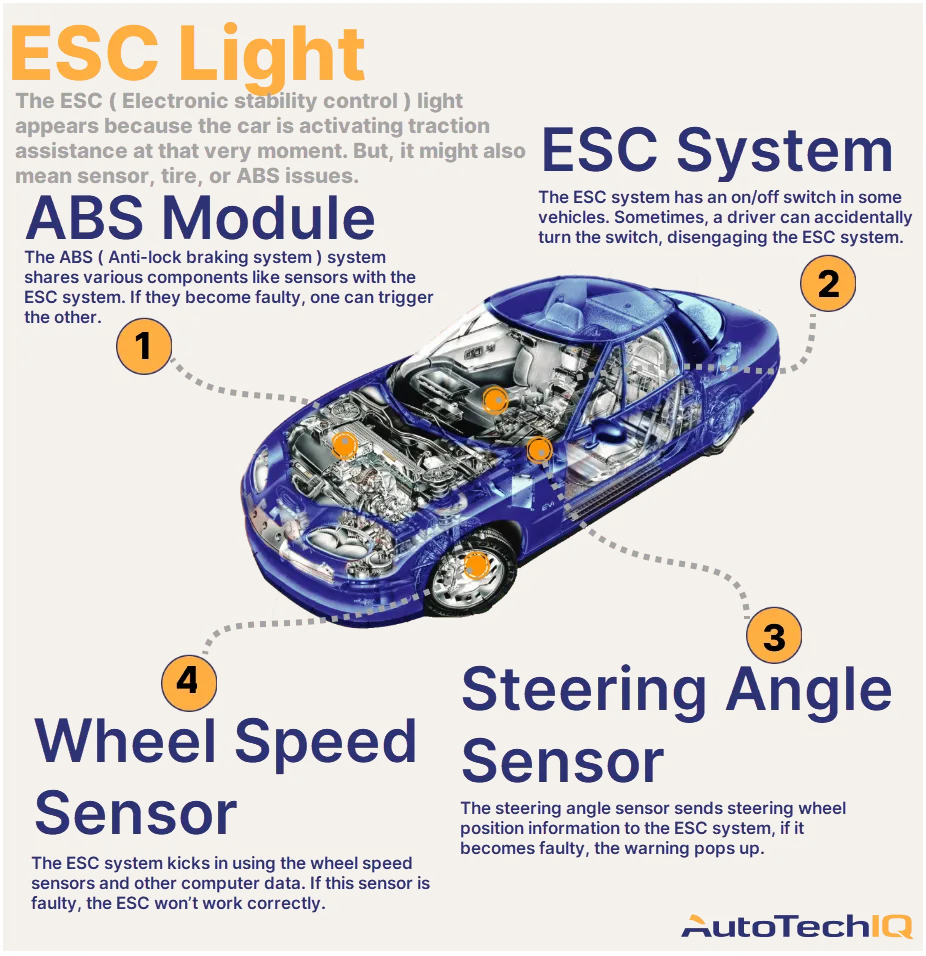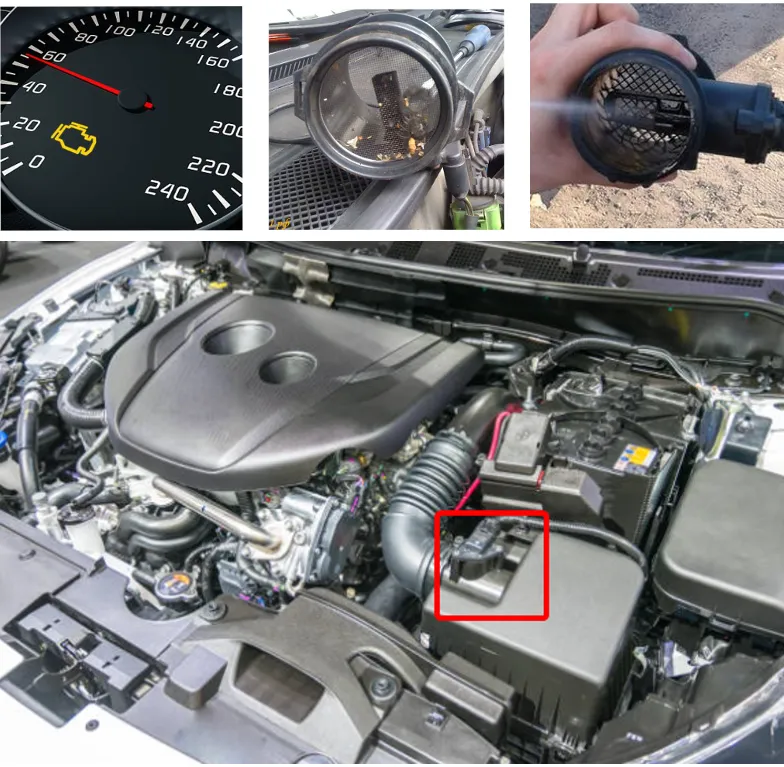
The Mass Air Flow (MAF) sensor is an electronic device with a thermocouple designed to measure the amount of air flowing from the air filter into the engine cylinders. Based on the volume of air passing through the sensor within a specific time frame, the sensor calculates the air-to-fuel ratio in the combustible mixture and also controls the frequency of injector activations.
Main signs of a faulty oxygen sensor include:
- The appearance of the "Check Engine" light on the dashboard, indicating an error;
- Increased fuel consumption;
- Loss of power and performance, jolts, and "lags" during rapid RPM increase;
- Difficult hot engine starts.
Causes of malfunctions in the operation of the mass air flow sensor include:
- Lack of contact in the connector;
- Contamination of the air filter, sensor grid, and thermocouples;
- Mechanical damages to the working elements.
Sensor failure triggers the "check engine" light, but the engine will continue to run. However, depending on the firmware's recency of the electronic control unit, the "emergency" program, not seeing a signal, might raise the idle speed. In relatively newer software versions, a faulty sensor may lead only to increased fuel consumption or decreased driving dynamics. In any case, a malfunction of the mass air flow sensor is a critical reason to have the vehicle diagnosed.
Many mechanics or car owners believe that an old sensor can be revived with a simple cleaning - that is, to remove it from its housing and thoroughly wash it. Moreover, there are specialized cleaning solutions for sensors. However, the manufacturers of these fluids clearly state that they won't work miracles and won't turn an old sensor into a brand-new one. They are intended for preventive cleaning of functioning MAF sensors - to remove contaminants related to dust and oily deposits that enter the intake system from the crankcase ventilation system.
Practical experience with cleaning shows that they can indeed slightly reduce the readings of a still functional sensor, but for a sensor that's already broken, such measures will be futile. Many drivers, due to inexperience, damage still-functioning sensors during the cleaning process. The sensitive elements shouldn't be touched with hands or wiped with a cloth, and a strong flow of liquid can also cause harm.
If you possess car diagnostic and repair skills, you can replace the sensor on your own, as replacing this component isn't very complicated.
If you want to entrust the repair of your car to professionals but don't know which auto service to turn to, use the service on our website. We will help you find addresses of trusted workshops located near you.
Fill out the application on the website, specifying the type of service, for example, "replacement of the mass air flow sensor," your car model, and location. You'll receive qualified assistance from professional mechanics promptly.
Also, note that for some car manufacturers, the replacement of the mass air flow sensor is a standard service procedure.


